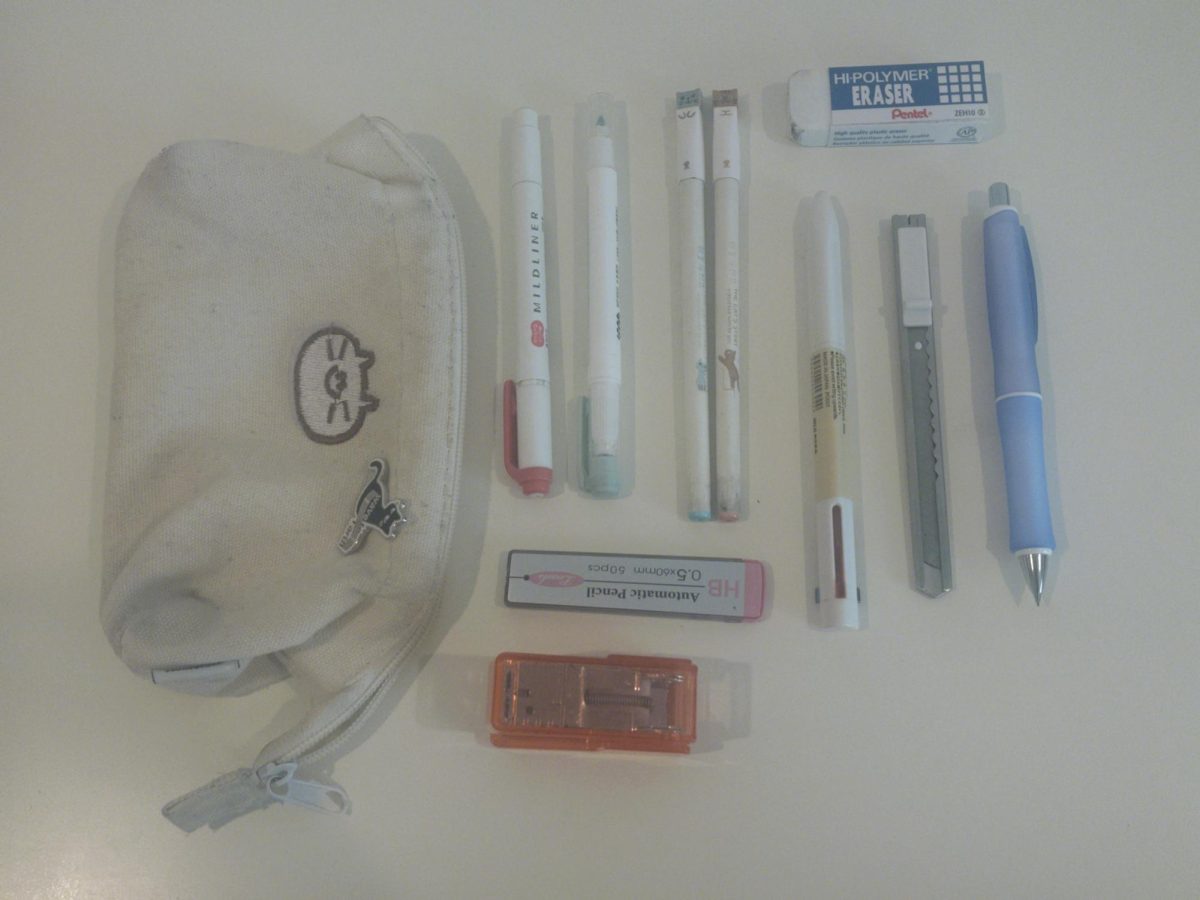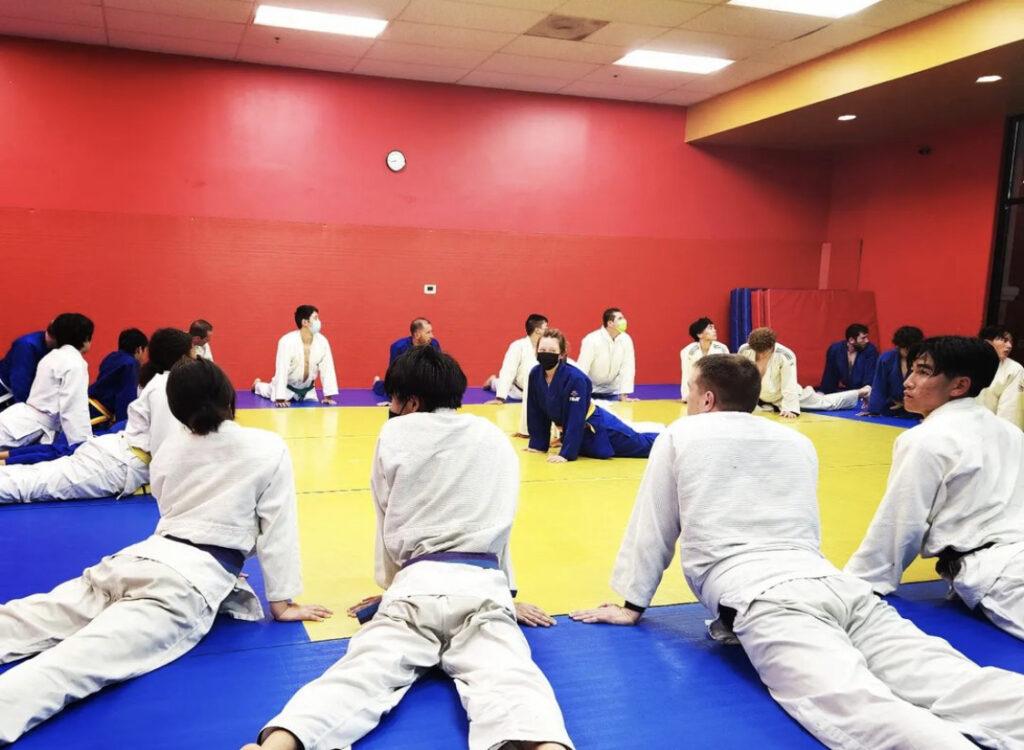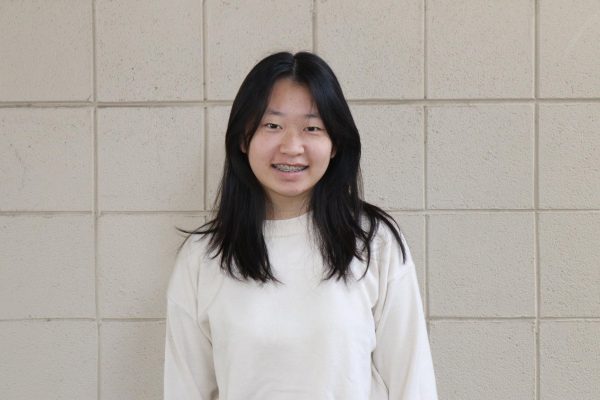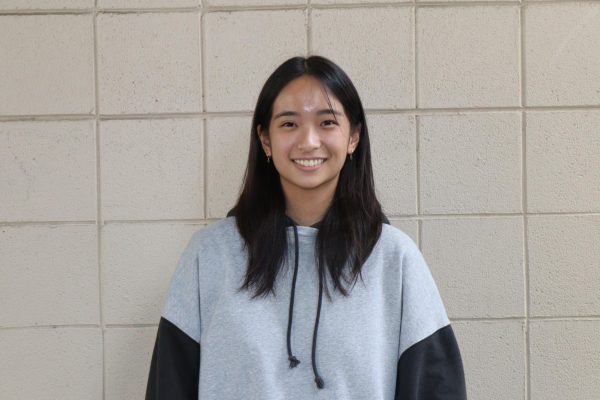Senior Sohum Bhan loves everything about wrestling: the charged atmosphere in the gym, the direct competition against another person, the techniques you have to learn to win consistently.
“My favorite part is going on the mat. I think matches are really fun and I really enjoy the aesthetic of being in the wrestling room,” Bhan said.
During the winter season of his ninth grade, Bhan’s mom convinced him to try out for the boys’ wrestling team. At first, he was reluctant to join, but reconsidered after noticing that the people who advertised the sport were confident and outgoing — personality traits that Sohum wanted to embody too.
Additionally, Bhan believed that learning a sport that is akin to a martial art might be useful in self-defense someday. Bhan knew nothing about wrestling when he showed up for tryouts, but the team’s welcoming atmosphere lessened the struggles of starting an unfamiliar sport. Other wrestlers were eager to help him out, and Bhan learned quickly.
“It’s similar to any other martial art [in that you’re always trying to get somebody to tap out], but it’s mainly based on technique and a lot more explosive as the hits are harder and there are more throws and slams,” Sohum said.
A typical full-length wrestling match lasts 6 minutes; it is separated into three 2-minute intervals. It is based on a point system, and each wrestler gains two points for a takedown — bringing someone to the ground. Each match typically ends after a period of six minutes, or when a wrestler has a 15-point lead or pins the other on the ground with both opponent’s shoulder blades touching the mat.
During the winter season, Bhan practices for around two hours every weekday with his teammates.
Through the sport, Bhan has been able to meet and make many friends, some of whom he now hangs out with every day.
“I’ve met a lot of new people through wrestling, people I wouldn’t have met if I didn’t do the sport,” Bhan said.
Every practice, the team starts with a 15-minute warmup. Then the coach goes over some drills and techniques. Near the end of practice, Bhan puts the new skills he learned into use and wrestles with his teammates.
When the wrestling season ends, Bhan focuses mostly on muscle building at Planet Fitness gym, making sure to stay in shape until the next season comes.
Bhan spends around three hours a week training through different forms of multi-joint movements including squats, presses and pulls that mimic how he actually performs on the mat. This keeps his muscle memory jogged and insures he will be prepared for the wrestling season. A measure of his increase in strength is that he was able to deadlift 100 pounds when he began lifting. Now he can do 160.
Another crucial component when keeping himself fit is the AMRAP method, As Many Reps As Possible, where Bhan does as many rounds of an exercise in a limited time such as 20 minutes. This high intensity training allows Bhan to build his strength and endurance without using heavy weights all the time. During these sessions, Bhan does a combination of push-ups, lunges, planks and other body weight exercises.
A combination of both the physical and mental preparation is needed during every second of a match. For example, getting distracted by a floating thought can spell out your loss on the mat.
A fundamental part of wrestling is being strong enough to take hits. If a wrestler can’t handle attacks from their opponent, then even the best techniques can’t help them win.
“I like to run through my moves in my head, like how they go and where I’m going to hit and focus on,” Bhan said.
Visualizing matches ahead of time has been a useful skill he finds applicable in other contexts, including concentrating on math tests or just training in the gym.
Judo provides another student opportunities to work out
While wrestling focuses on strength and explosiveness, judo focuses more on individual agility and quickness, according to sophomore Naema Ogata.
Ogata has been practicing judo, an unarmed combat sport involving holds and leverage to unbalance the opponent, for the past five years.
The objective of judo, in simplified terms, is to throw or pin the opponent by applying pressure to arm joints or the neck. Throws that physically harm the other opponent, such as punching, kicking or head dives, are given warnings called shido, but players can also be disqualified if illegal or dangerous techniques are used.
“A big part of judo is being thrown on the mat, but it’s something you need to get used to. It’s better to get more practice of being thrown to get rid of the fear of it,” she said.
During practices, Ogata begins with a warmup of burpees, situps and pushups and then goes into technical class where she learns different throws.
Spending two hours at her studio three times a week, Ogata practices with her friends for fun. Previously, she enjoyed going to competitions as it was something she and her friends bonded over, but she hasn’t been able to attend tournaments since COVID-19 hit in March 2020.
Now, since she is no longer preparing for tournaments, Ogata focuses on the mental and physical skills that are developed when practicing judo.
“Mentally, you develop it more through fighting, persevering, getting used to losing and respecting your seniors and your opponents. We’re taught that respect is more important than wins or losses,” Ogata said.
While competing in judo matches, Ogata has learned how to keep a clear mind in the midst of hectic situations. She ultimately believes that learning martial arts challenges both the mind and body in a positive manner.
“I think learning a martial art is great because you still develop physical fitness along with a sense of balance, flexibility and focus,” Ogata said.






























